Plus-size modelling is having a moment. A growth in diversity in the fashion industry has seen demand for curvier models soar. Ashley Graham (size 16), Jill Kortleve, Jari Jones and Alexis Ruby are all recognisable names in the modelling world – and they’re all above the standard size 8 usually seen in top models.
Today, plus-size modelling is a niche all on its own. As brands begin to expand their collections to include bigger sizes, plus-size models are needed to advertise the clothing and reflect the curvier target audience. One size doesn’t fit all!
What is a Pluz-Size Model?
The definition of a plus-size model can differ depending on the niche of modelling. In high fashion, a plus-size model is anyone over the UK dress size 6/8 that is required in this niche of modelling. Jill Kortleve is considered a plus-size model in high fashion. She was the first “plus-size” model to walk for Chanel in 10 years. However, the stunt recieved backlash as many believed Jill was to small to be considered plus-size.
In commercial and catalogue modelling, plus-size models tend to be those over a size 14. There is no size limit, but models who are over 5’8″ will have an advantage as taller models are typically more desirable. Your statistics are still important, but your overall look and personality and of a far greater importance in plus-size modelling. Brands and modelling agencies will also look for those with a more defined hourglass shape, as this body type tends to model clothing in a more flattering way. That doesn’t mean you need a tiny waist; it just means a bust and hip ratio that are relatively similar, and a waist that is smaller, is typically more in demand.
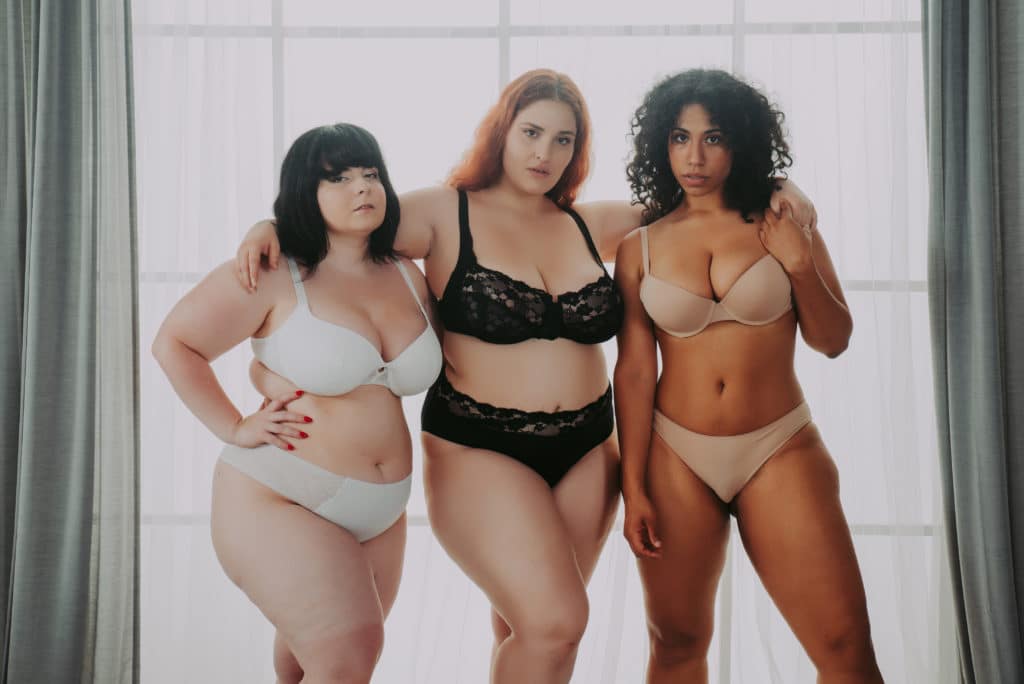
Famous Plus-Size Models
– Ashley Graham
– Tara Lynn
– Jill Kortleve
– Jari Jones
– Alexis Ruby
– Barbie Ferreira
– Iskra Lawrence
– Irena Drezi
– Robyn Lawley
– Tess Holliday
– Callie Thorpe
– Paloma Elsesser
– Precious Lee
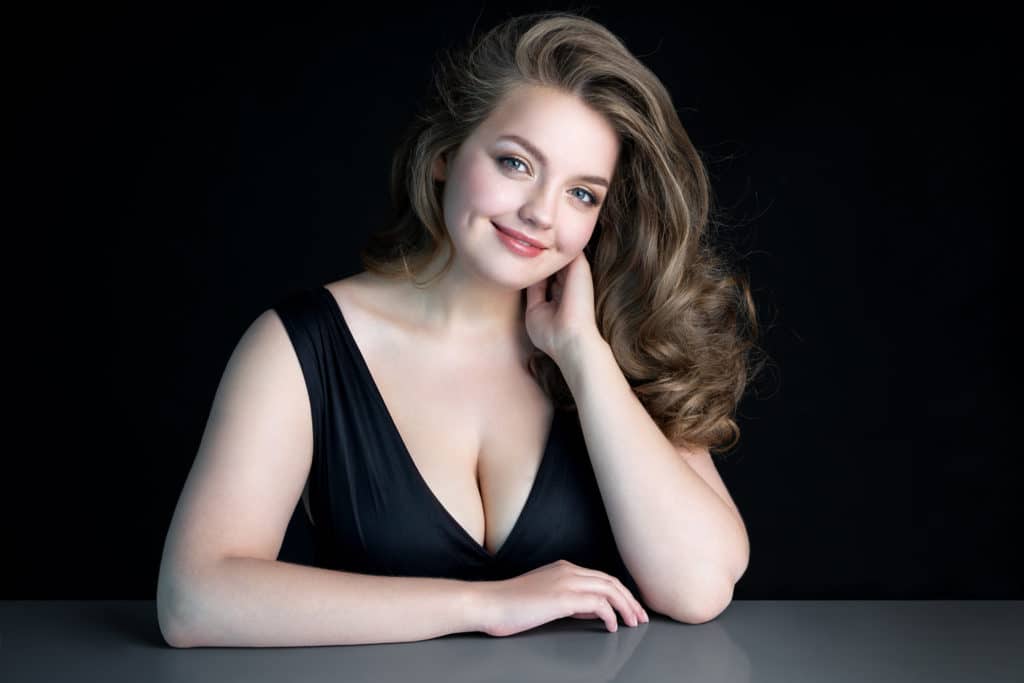
Plus-Size Changes to the Modelling Industry
Progress has been slow but steady for plus-size models. Ashley Graham was the first size 16 model to be featured in Sports Illustrated swimsuit edition, while Tess Holliday also made history by becoming the first size 24 woman to feature on the front of Cosmopolitan magazine (and she’s only 5’5″ and covered in tattoos – two things that would usually prevent a model finding work in high fashion/commercial modelling).
There are far more inclusivity and body positive campaigns around now too. Social media in particular is regularly used as a platform for positivity movements. Many plus-size people use Instagram as a way to spread awareness, decrease ignorance and help normalise the plus-size industry.
Today, there are plenty of brands that cater solely to the plus-size market. But there’s still room for improvement; men’s fashion strays behind and has a far smaller plus-size market, while some brands are still yet ot develop lines that cater to the curvier audience. The plus-size market is worth billions of pounds and looks set to continue to grow – so the demand for plus-size models can also be expected to keep rising.
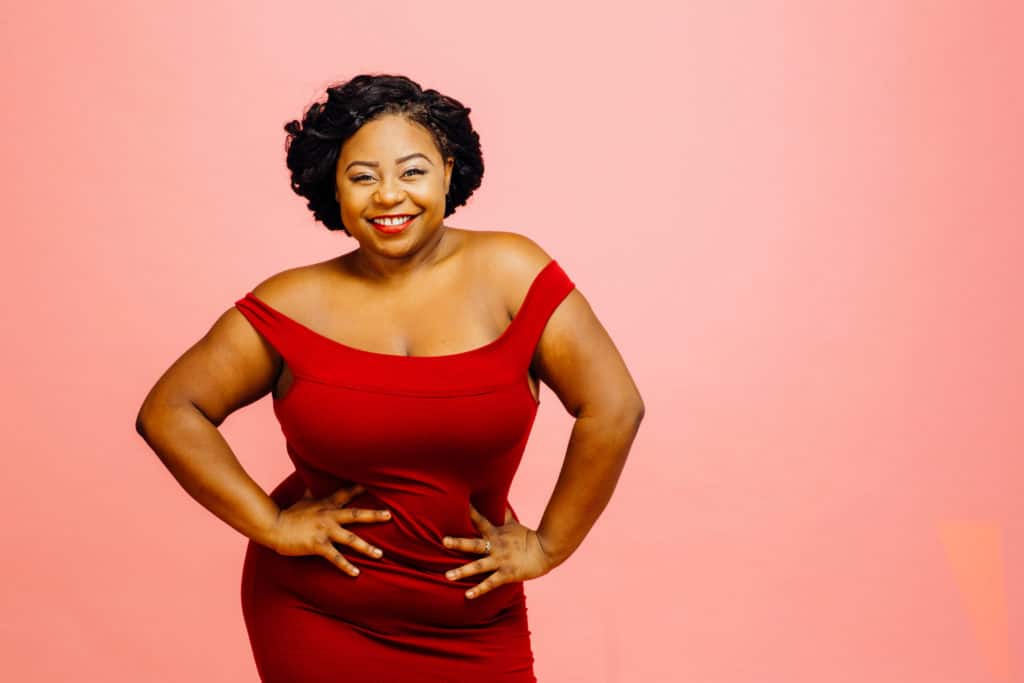
How to Get Started
If you’re interested in becoming a plus-size model, a good place to start is with your modelling portfolio. All models need a portfolio to showcase their experience and range – think of it as like your CV or resume. As it’s predominanly image-based, your photos should be of a high quality. You should include up to 20 photos in your portfolio and they should be your absolute best modelling images – don’t waste precious portfolio space on substandard photos!
There are many modelling agencies who have plus-size subsectors. Do your research and find out which agencies these are – there is no point applying to a modelling agency who does not accept plus-size clientele.
You should be abe to find an application on their website. Fill this in carefully; be accurate about your measurements and attach your best natural beauty photos showing both your face in a close-up photo and your body in a full-body shot so the agency can make an accurate assessment of you.
If an agency is interested in you, they will get in touch and invite you to an audition. Don’t be disheartened if you don’t hear back – they recieve thousands of applications each week and it’s difficult to stand out from the crowd. Keep applying to as many agencies as you can and don’t forget to re-apply to agencies every 6 months or so. Work on improving and building your portfolio so it’s impressive and professional.
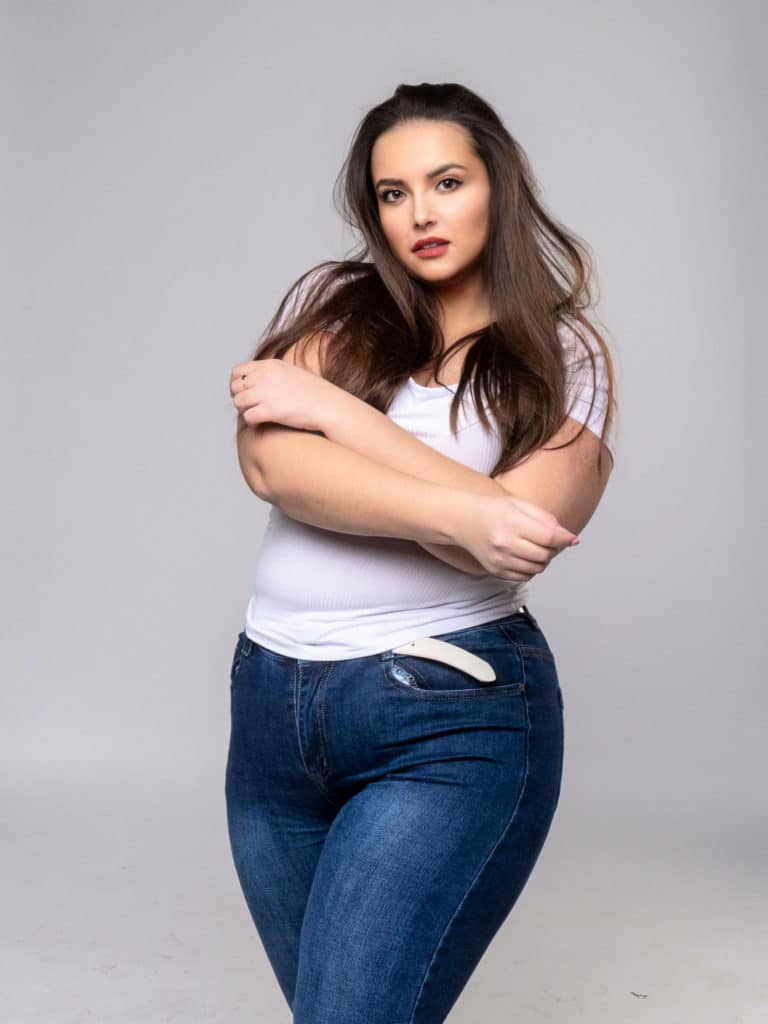
Utilise Instagram
Social media, in particular Instagram, is a great place to get noticed. As an aspiring model, you’ll want to try and catch the attention of fans and brands who you can work with in the future. Instagram allows you to control how you are perceived by others. It also enables you to build a following even without an agency. Many models nowadays are spotted online via their Instagram pages.
If you want to use Instagram as a tool to help your modelling career, make sure to ask the permission of brands and photographers before posting their work. Try to post regularly and consistently. Engage with other accounts and try to get lots of interaction on your own posts. Once you’ve built enough followers, you’ll soon start getting attention from brands and agencies for possible collaborations, adverts and other paid opportunities.

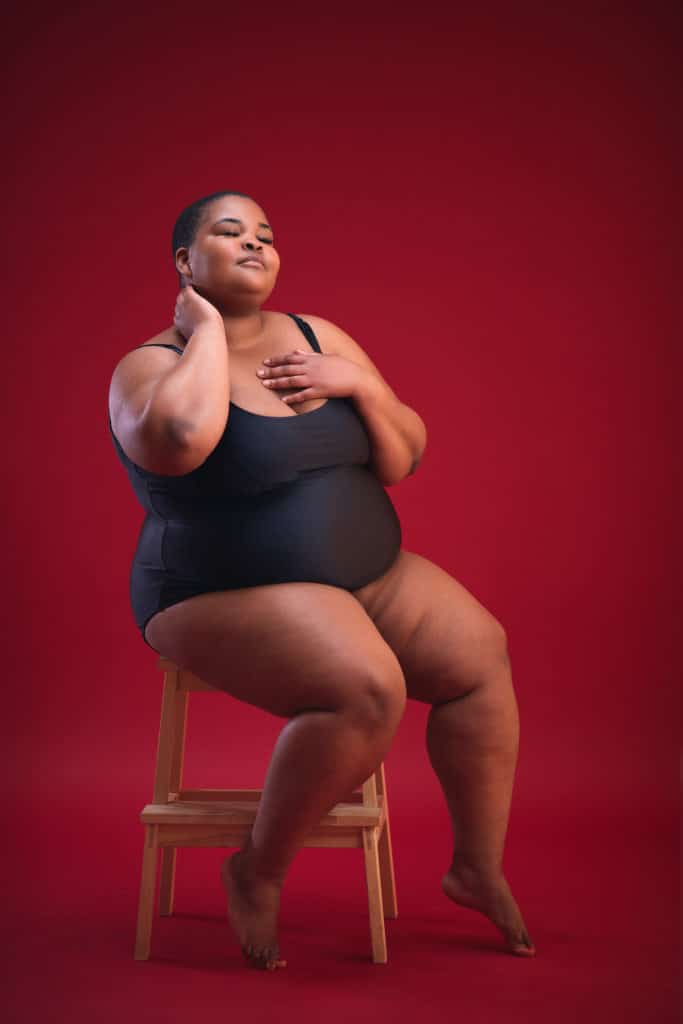
Am in UK size 18 to 20. Love to do decent modelling for full body covered poses